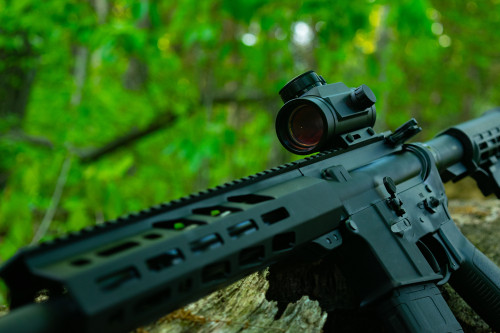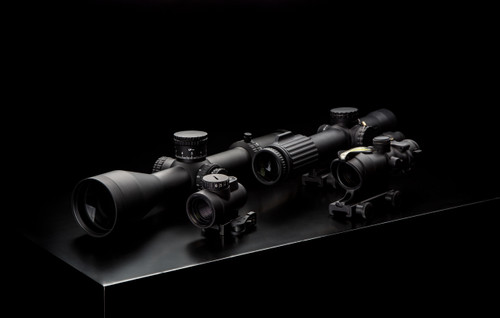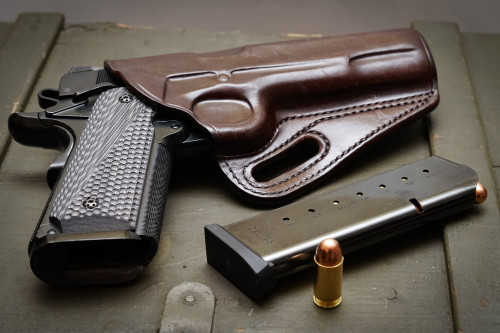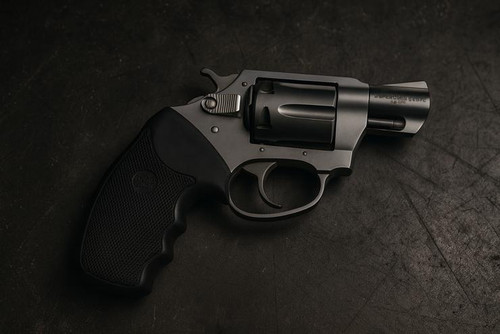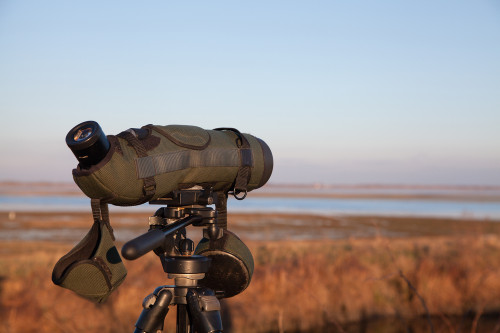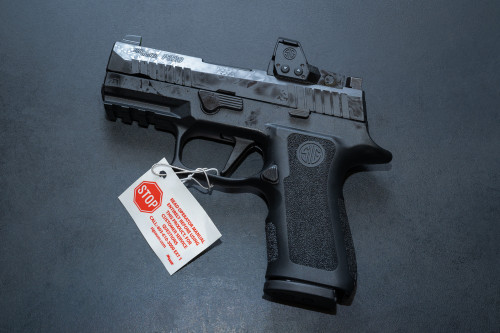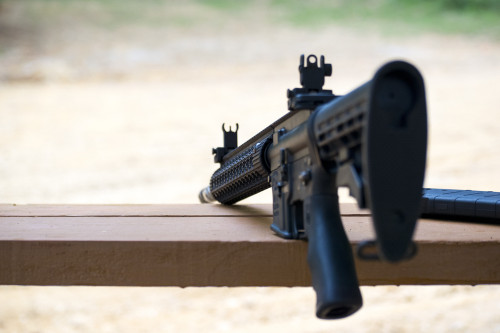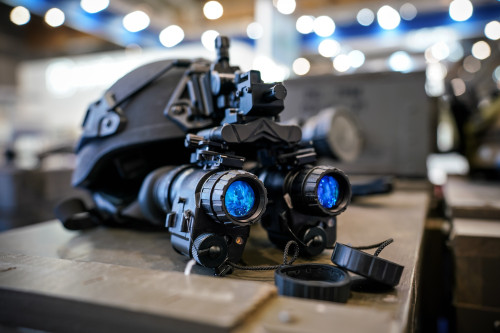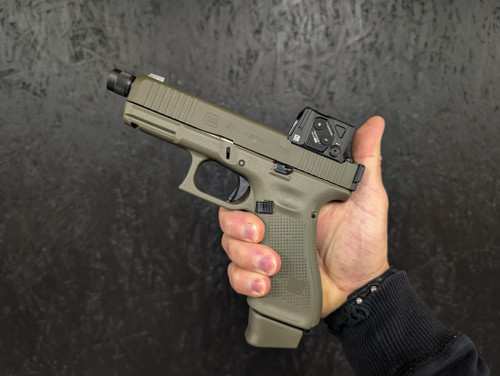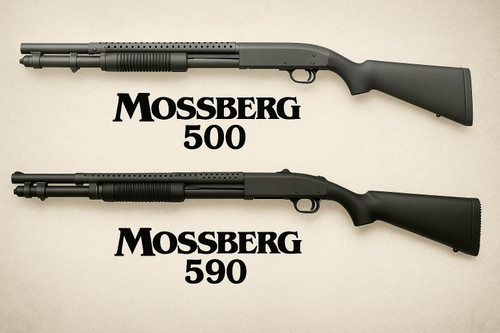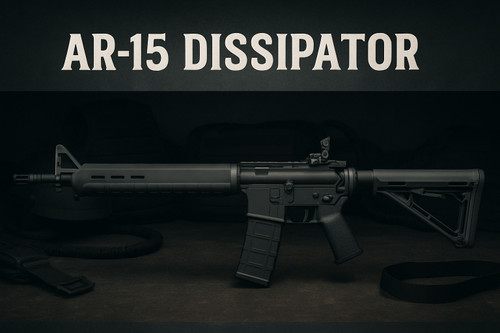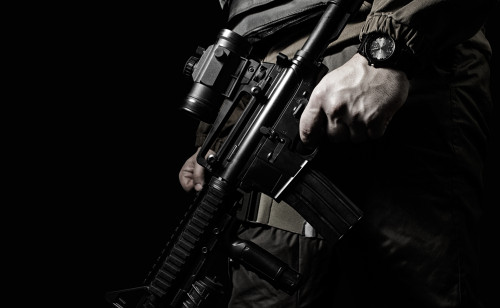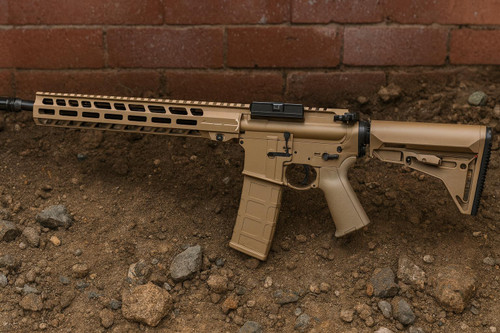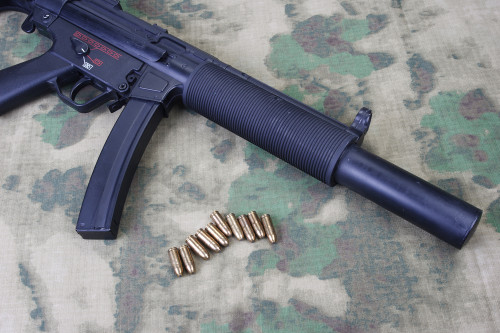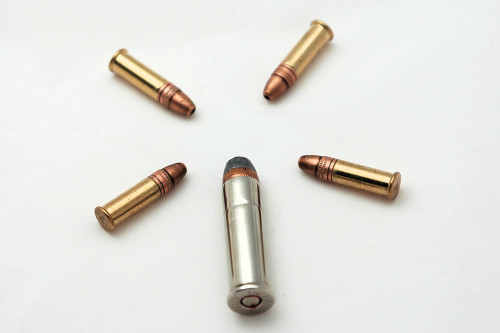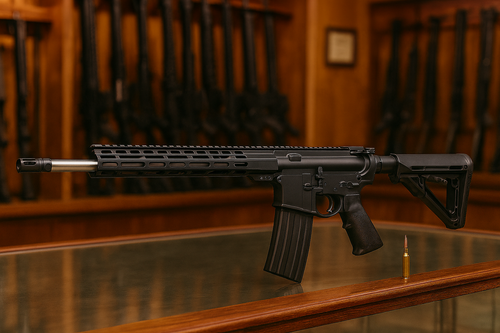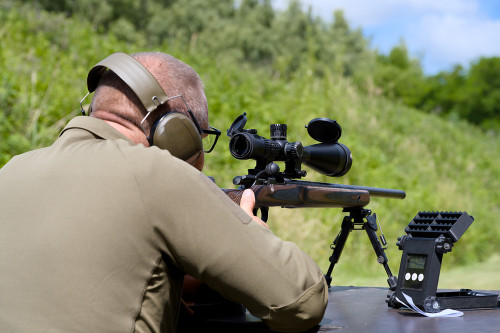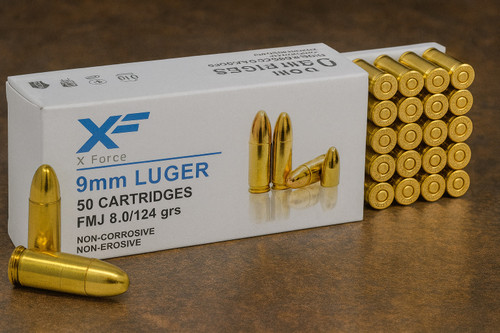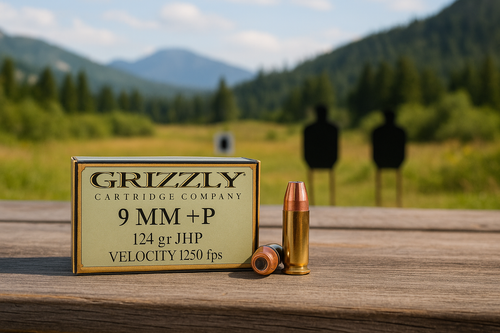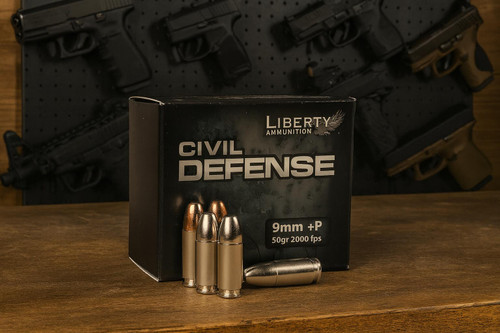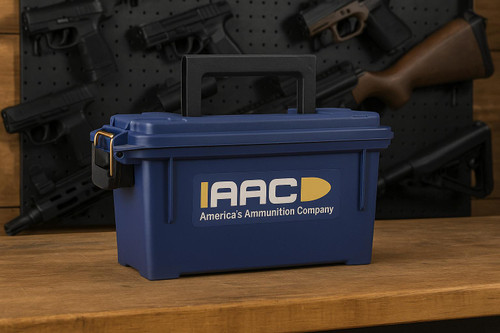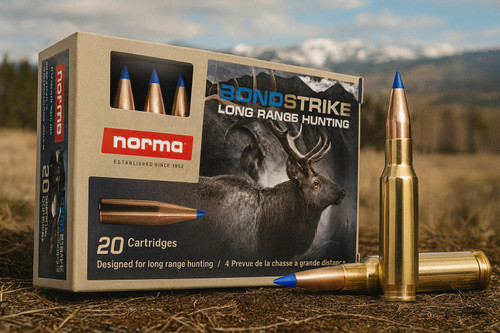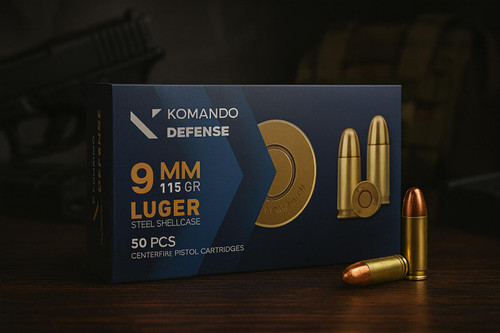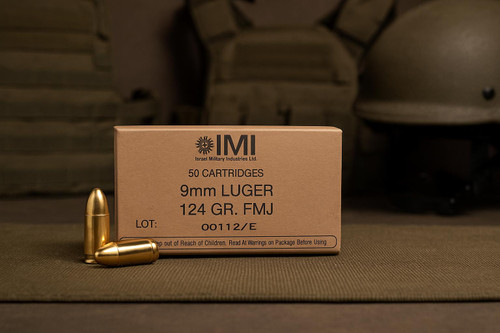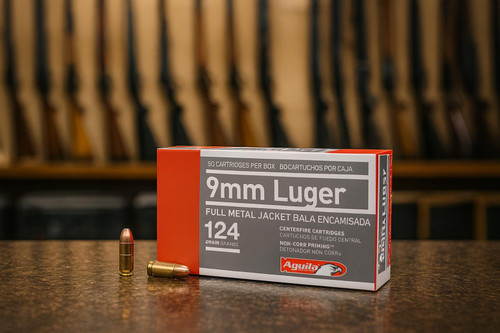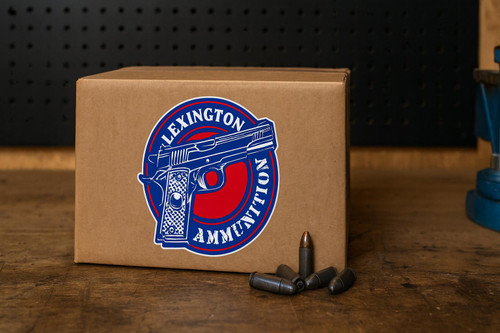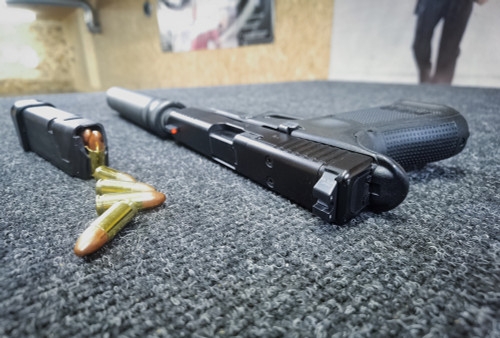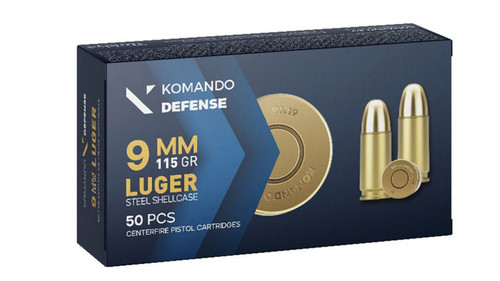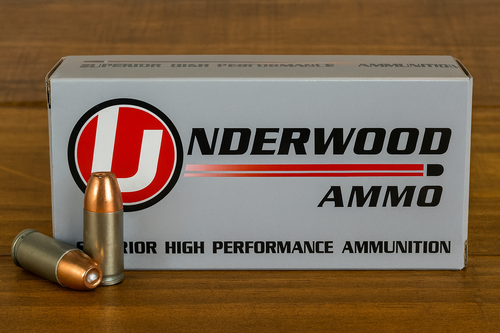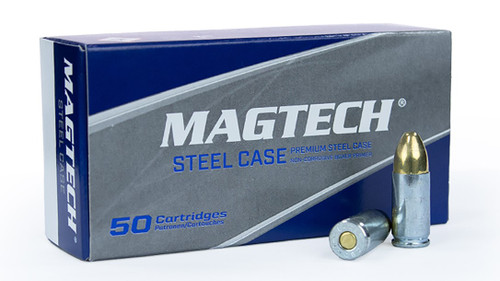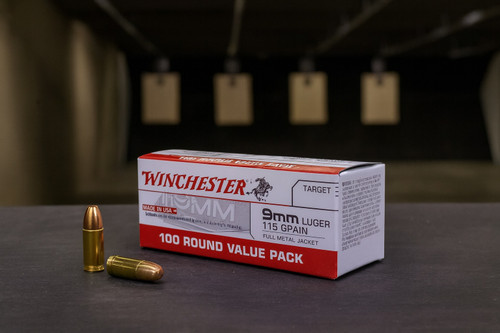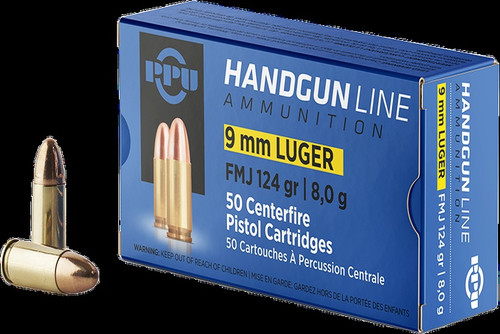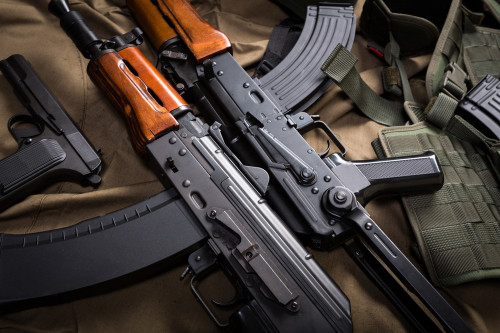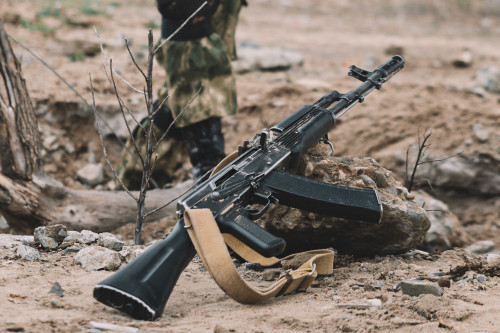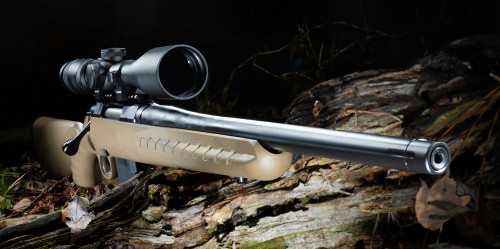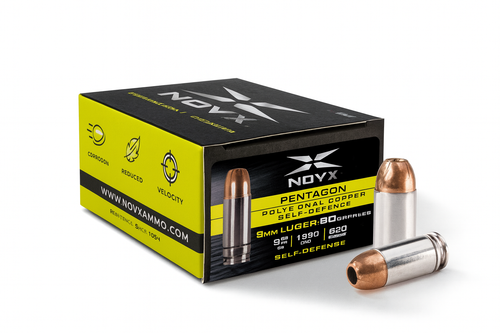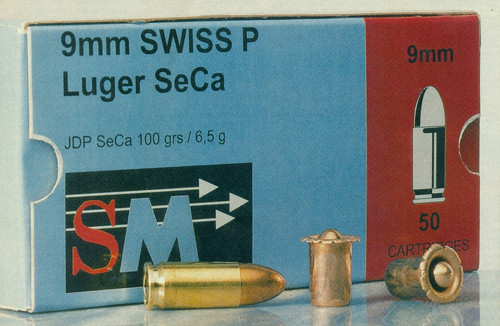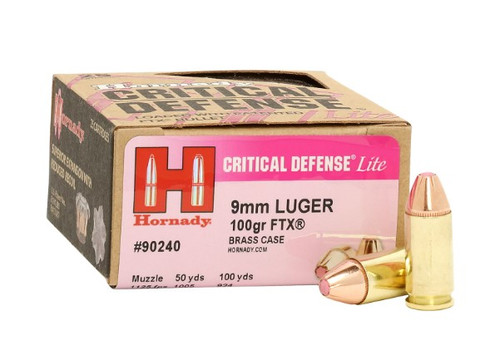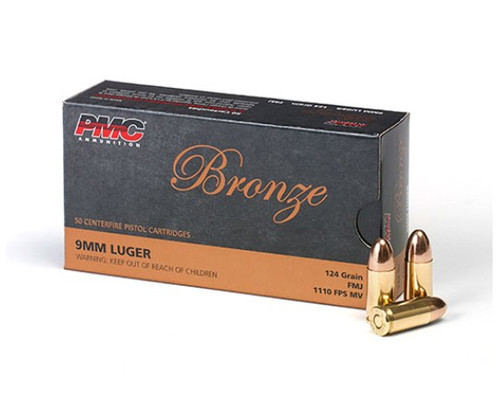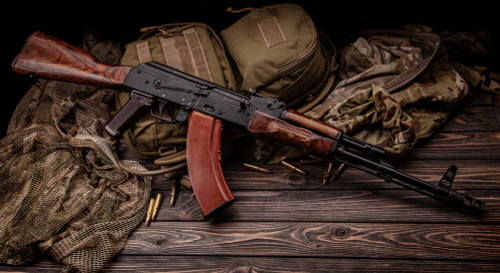Introduction
Concealed carry refers to the practice of carrying a firearm (such as a handgun) in public in a concealed manner, either on one's person or in close proximity. For many, the decision to carry a concealed weapon is about personal safety, self-defense, and the protection of loved ones. However, with this decision comes a great responsibility and a need to understand the legal and practical aspects of concealed carry. This blog aims to provide beginners with a comprehensive understanding of the concealed carry licensing process, from legal requirements to practical tips. I am not a legal advisor and these are common knowledge concepts that are included in the format. If you are serious about becoming a conceal carry licensee, please check with local authorities and legal council if you are unsure what your local laws consist of for the process of licensing, and possible implications in a self defense scenario.
Understanding Concealed Carry
Before diving into the specifics of obtaining a concealed carry license, it’s important to understand what concealed carry entails. Concealed carry involves having a firearm hidden from view, typically under clothing or in a concealed carry bag. The purpose is to maintain the element of surprise, allowing the carrier to defend themselves if necessary without drawing undue attention. This also means that you will have to comply with rules in certain areas such as schools, local state and federal law enforcement facilities. Just because you have a license to carry does not mean you can carry everywhere, be sure to check local laws and regulations for restricted areas in your area.
Legal Framework
The legal framework for concealed carry varies significantly from state to state in the U.S., and understanding the specific laws in your state is crucial. Some states have "shall issue" laws, where the authorities must issue a concealed carry permit if the applicant meets certain criteria. Others have "may issue" laws, giving authorities discretion in issuing permits. A few states have "constitutional carry" laws, where no permit is required to carry concealed, however one of the drawbacks is that if you do not have a permit that carries reciprocity with other states to which you may travel, you are only legal to carry in that state as a resident.
Responsibilities of Concealed Carriers
Carrying a concealed weapon comes with significant responsibilities. These responsibilities are having the legal knowledge and training needed to acquire your carry permit. I will introduce to you in the next section some of the steps to take to become qualified to exercise your right as an armed citizen, and help you become familiar with the process of applying for a license. Again, always check your local laws and requirements to file.
Legal Knowledge:
Knowing and abiding by all relevant laws and regulations regarding concealed carry, including where you can and cannot carry. Extensively look into your state's laws and regulations regarding carrying, and the implications of using your firearm in a self-defense situation. Legal knowledge will help you make a judgment call on what the situation looks like for you to use or not use your firearm. This is one of the first things you should do when considering applying for your concealed carry license.
Training: Being proficient in the safe handling and use of your firearm.
Judgment: Exercising sound judgment in situations where the use of a firearm may be necessary.
Steps to Obtaining a Concealed Carry License
The process of obtaining a concealed carry license can be broken down into several key steps. While the exact requirements may vary by state, the following steps provide a general outline of the process.
Step 1: Research State Laws
The first step in obtaining a concealed carry license is to research the laws in your state. You need to understand the specific requirements, including age restrictions, residency requirements, and any necessary training or background checks. Many states have online resources that provide detailed information about their concealed carry laws.
Step 2: Meet Eligibility Requirements
Common requirements are established to become eligible for a concealed-carry permit, the listed requirements are the generalized outline no matter what state you live in.
Age: All states require applicants to be at least 21 years old. Just as Federal Law restricts handgun ownership at the same age.
Residency: Some states require applicants to be residents of the state, while others may issue non-resident permits.
Criminal Record: Applicants must typically pass a background check and have no felony convictions or certain misdemeanor convictions.
Mental Health: Applicants must not have a history of mental illness that would disqualify them from owning a firearm.
Step 3: Complete Required Training
Many states require applicants to complete a firearms training course. This training typically includes both classroom instruction and hands-on training at a shooting range. The course covers essential topics such as firearm safety, basic marksmanship, and the legal aspects of using a firearm for self-defense. These requirements can change depending on your state, some states require the minimum, while others require more advanced classes for your concealed carry testing.
Step 4: Submit an Application
Once you have met the eligibility requirements and completed the necessary training, the next step is to submit an application for a concealed carry license. This usually involves filling out an application form, providing proof of training, and paying a fee. The application may be submitted to a local law enforcement agency or a state regulatory body.
Step 5: Undergo a Background Check
After submitting your application, you will typically undergo a background check. This check is conducted to ensure that you have no disqualifying criminal history or other factors that would prevent you from obtaining a concealed carry license.
Step 6: Wait for Approval
Once the background check is complete, your application will be reviewed by the issuing authority. The time it takes to process an application can vary widely, ranging from a few weeks to several months. If your application is approved, you will receive your concealed carry license, which allows you to legally carry a concealed firearm in your state.
Practical Tips for Concealed Carry
Obtaining a concealed carry license is just the beginning. Here are some practical tips to help you carry a concealed firearm safely and responsibly.
Choose the Right Firearm
Choosing the right firearm for concealed carry is a personal decision that depends on several factors, including your body type, clothing, and personal preferences. Common choices for concealed carry include compact and subcompact handguns, which are easier to conceal.
Invest in a Quality Holster
A good holster is essential for concealed carry. It should securely hold your firearm, protect the trigger, and allow for a smooth draw. There are many types of holsters available, including inside-the-waistband (IWB), outside-the-waistband (OWB), and pocket holsters. Choose one that fits your firearm and your preferred carry method.

Safariland Species Ruger Max 9 Blk Rh
$47.49
at Proarmory
Prices accurate at time of writing
Practice Regularly
Regular practice is crucial for maintaining proficiency with your firearm. This includes not only target shooting but also practicing drawing from concealment and handling your firearm safely under stress. Many ranges offer concealed carry courses and drills that can help you improve your skills.
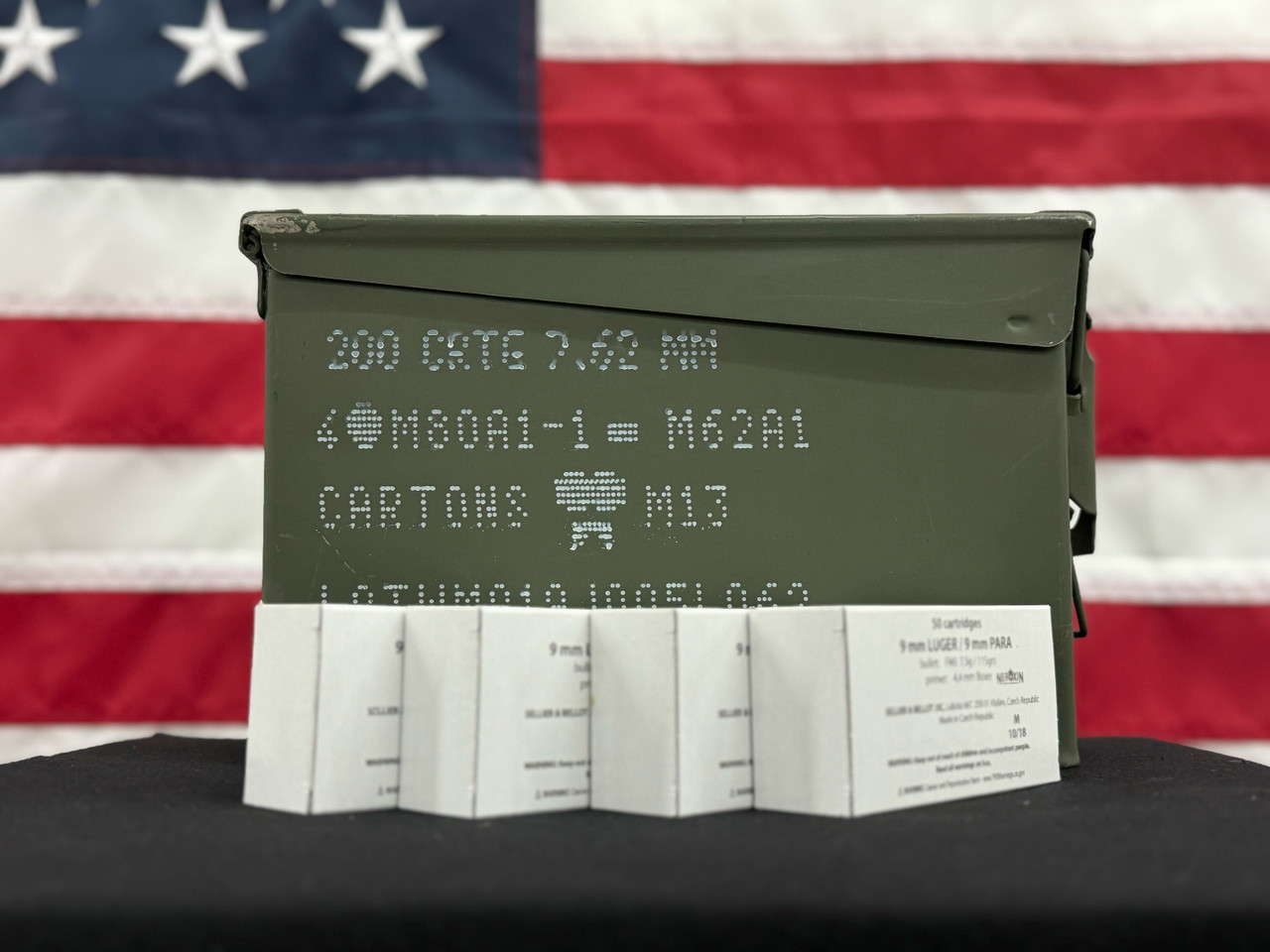
SELLIER & BELLOT 9MM LUGER 115 GRAIN FMJ + 30 CAL AMMO CAN
$73.60
at Proarmory
Prices accurate at time of writing
Stay Informed About Laws
Laws regarding concealed carry can change, and it’s important to stay informed about any updates or changes to the laws in your state. Additionally, if you travel to other states, you need to be aware of their laws regarding concealed carry for reciprocity, as they may differ from your home state. Some states will not accept other states' permits as a legal reason to allow you to carry concealed in that state.
Maintain Situational Awareness
One of the key aspects of carrying a concealed firearm is maintaining situational awareness. This means being aware of your surroundings, recognizing potential threats, and being prepared to respond appropriately. Avoiding dangerous situations whenever possible is always the best course of action. Keeping situational awareness will help you in choosing your response to the situation.
Understand the Use of Force
Understanding when and how to use force in self-defense is critical. Most states have specific laws regarding the use of deadly force, and it’s important to know these laws and understand the potential legal consequences of using your firearm in self-defense. Many training courses include instruction on the legal aspects of self-defense. There are options for liability insurance for individuals that have concealed carry licenses, these companies can help you with the legal side of using your firearm in self-defense scenarios, and the investigation process for a justifiable use of force.
Responsible Storage
When not carrying your firearm, it’s important to store it securely to prevent unauthorized access. This might mean using a gun safe or a lockbox. Responsible storage is especially important if there are children or other unauthorized individuals in your home. It is always good to have some type of safe or lockable case for your firearm, this comes with the responsibility of being a law abiding armed citizen.
Common Challenges and Solutions
While the process of obtaining a concealed carry license is straightforward for many, some may encounter challenges along the way. Here are some common challenges and solutions.
Challenge: Understanding Complex Laws
Solution: Take the time to thoroughly research and understand the laws in your state. Consider taking a legal course on firearm laws or consulting with a legal expert if you have specific questions.
Challenge: Finding a Suitable Training Course
Solution: Look for certified instructors and reputable training facilities in your area. Many ranges offer courses specifically designed for concealed carry applicants. Reading reviews and asking for recommendations can also help you find a quality course.
Challenge: Long Wait Times for Approval
Solution: Be patient and plan ahead. Submit your application well in advance of when you plan to start carrying. Stay in contact with the issuing authority to stay informed about the status of your application.
Challenge: Choosing the Right Equipment
Solution: Take the time to research and test different firearms and holsters. Visit a local gun store or shooting range where you can handle and test different options. Seek advice from experienced concealed carriers and professionals.
Challenge: Maintaining Proficiency
Solution: Make regular practice a priority. Set a schedule for range visits and dry-fire practice. Consider joining a shooting club or finding a training partner to keep you motivated.
Conclusion
Obtaining a concealed-carry license involves a multifaceted process designed to ensure that applicants are responsible, law-abiding citizens capable of safely carrying a firearm. This process typically includes completing a background check, fulfilling state-specific training requirements, and demonstrating proficiency with a handgun. Applicants must understand and adhere to the legal regulations governing concealed carry in their jurisdiction, including where carrying is prohibited. Remember, the goal of concealed carry is not only to protect yourself but also to do so in a manner that is safe and legally sound. Your mindset should be that every bullet you fire, you are responsible for. Successfully obtaining a concealed-carry license not only provides individuals with a sense of personal security, but also underscores the importance of responsible gun ownership and adherence to safety protocols. Stay informed, stay prepared, and carry responsibly.

The Best Gun Deals, Coupons and Finds
Sign up for our newsletter to receive regular emails with the best deals, reviews, and updates from ProArmory.



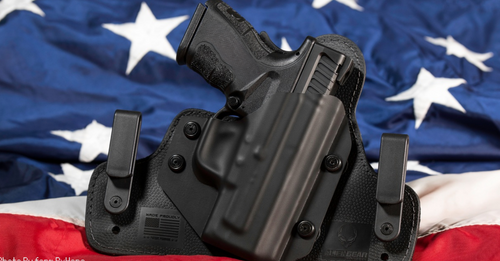
 Kyle
Kyle
